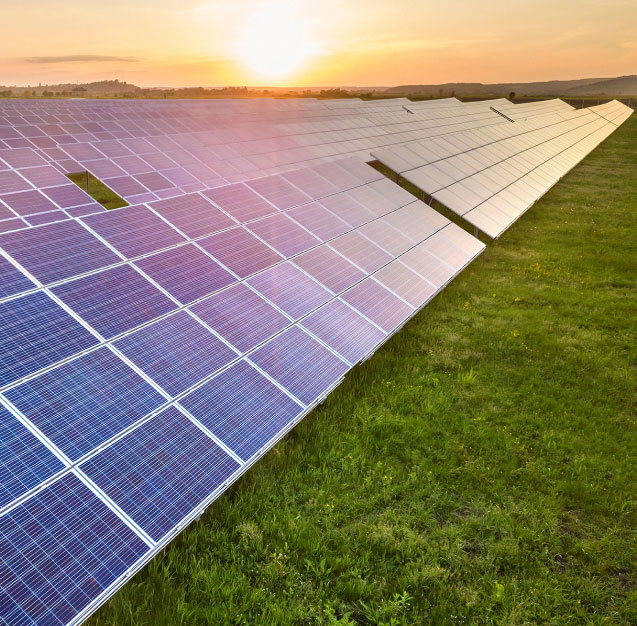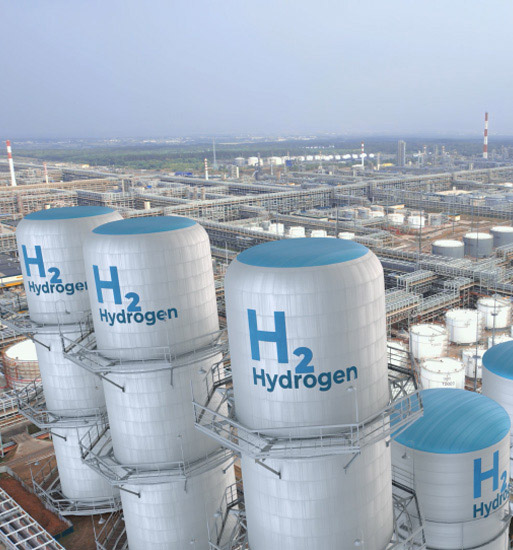Decarbonisation
Our carbon reduction strategy

- We firmly believe that it is not enough to be carbon neutral; the world needs to achieve absolute reductions in emissions as soon as possible. The age of fossil fuels cannot continue much longer.
- Therefore, we are rapidly transitioning to renewable fuels for our captive energy demand. We are maximising the use of biofuels and using bio-pathways to fix CO2 and facilitate conversion to renewable fuels and materials.
- A major part of this transition will be to scale up recycling of materials and maximising circularity across value chains.
- We aim to achieve CO2 capture, storage, and conversion to useful chemicals and materials at competitive costs.





Decarbonising
our O2C business
We will use solar energy to decarbonise our O2C business and use Green Hydrogen generated from renewable sources—and CO2 as raw materials to develop a road map for new green chemicals, green fertiliser, and e-fuels.
As we transition to renewables as our primary source of energy, more syngas will become available for upgradation to high-value chemicals, including C1 chemicals and Hydrogen.
CO2 released during the process of producing Hydrogen is highly concentrated and easy to capture, substantially reducing the cost of carbon capture.
Transforming the Global Green Energy Landscape
Invested to build a fully integrated, end-to-end Renewable Energy Ecosystem
The Dhirubhai Ambani Green Energy Giga Complex in Jamnagar will have five giga factories:
- Integrated solar photovoltaic module
- Advanced energy storage battery
- Electrolyser factory for the production of Green Hydrogen
- Fuel cell factory for converting hydrogen into motive and stationary power
- Power Electronics
Further, we have entered into partnerships and invested in several companies as part of our efforts to build the renewable energy ecosystem.
Read about our partnerships and investments
We will enable at least
We are also pursuing the target of making Green Hydrogen the most affordable fuel option, with the 1-1-1 target: $1 per 1 kilogram in 1 decade.



